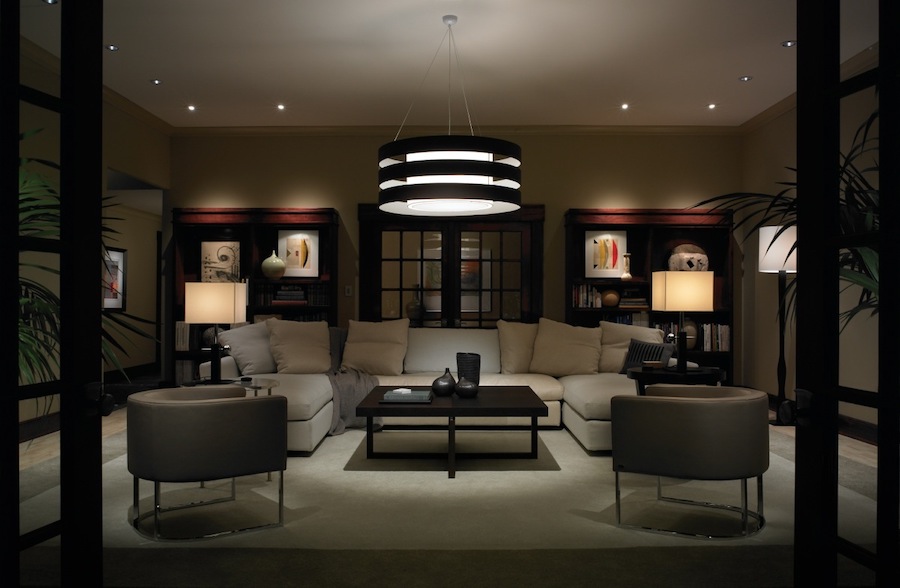Choose Home Lighting Control For Energy Conservation
Learn How to “Go Green” With Lighting Control From Lutron

You may have heard that a home lighting control can help save energy, which is good for the environment and your wallet. Control options like dimmers, sensors and timers help conserve energy throughout the year.
Continue reading for more information about how home lighting control in your Manhattan, NY, home can help you be more energy-conscious and save money.
See also: 4 Ways You’ll Actually Use Home Lighting Control
Dimmers
Using dimmable light is one way to reduce energy consumption because when you dim a lightbulb, you lower its wattage and electricity usage. Dimmers can also help to extend the life of the lightbulb itself. According to Lutron, lightbulbs used with a Lutron dimmer can last up to 20 times longer than they would otherwise.
When would you use a dimmer?
If you’re not used to dimming lights, it may take some time to become a habit. But, you’ll soon discover that having the lights dimmed while watching a movie, having a nice dinner, or reading an evening book, is a relaxing addition to those activities.
Programmable options
You can program lights to dim throughout the day with a home lighting control system like Lutron. By using the programming options, you are less likely to forget about them and be able to take greater advantage of the resulting energy savings. In addition, when you install lighting control into your home, you may also qualify for residential rebates and incentives - check with your state or local government to see what options are available.
Sensors
Another way to enhance the energy efficiency of your home lighting system is to use sensors that turn lights on or off when a change is detected. Motion, occupancy, and photo sensors are all types of sensors that can work with a home lighting control to improve light and energy conservation.
Motion Sensors
Motion sensors activate lights when movement is detected. Common places to use motion sensors include:
- Outdoor/driveway lighting
- Utility/backdoor lighting
- Entry lighting
Occupancy Sensors
Occupancy sensors are helpful in bathrooms or hallways. These sensors can work by detecting sound, heat, or motion, depending on the type of sensor, to turn lights on and off as people enter and exit a space.
Photosensors
Photosensors are a natural pairing with home lighting controls because they work to turn lights on and off when they detect certain levels of ambient light. If you enjoy natural light in your home, then a photosensor can help you use that as your primary source of light during the day. Typical uses for photosensors include:
- Outdoor landscape lighting
- Nightlights
- Reading lamps
Timers
Smart lighting controls also work well with timers. For example, homeowners may use a timer to schedule lights to turn on and off while traveling from home. They also turn the outside house lights off at a specific time each night. Many homeowners also use timers to slowly turn lights on when it’s time to wake up.
There are many easy ways to conserve energy when you invest in home lighting control for your Manhattan, NY, home. To learn more about lighting control options, contact Total Home Technologies for more information.